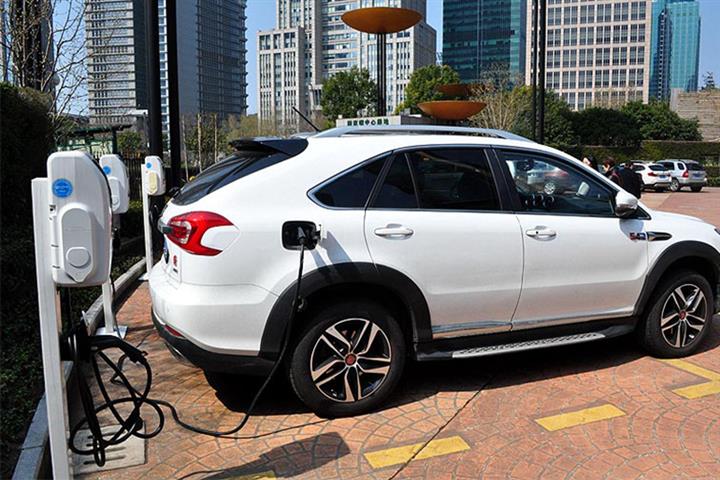 China to Work on Follow-Up Policy to Expired NEV Purchase Subsidies, MIIT Spokesperson Says
China to Work on Follow-Up Policy to Expired NEV Purchase Subsidies, MIIT Spokesperson Says(Yicai Global) Jan. 19 -- After China’s 13-year new energy vehicle purchase subsidies expired on Dec. 31, several ministries will work together to study and formulate successive supporting policies for NEVs, according to the spokesperson of the Ministry of Industry and Information Technology.
The MIIT will join hands with other relevant authorities to establish a mechanism to coordinate the development of the NEV sector and enhance the cooperation between central and local governments to spur the implementation of relevant supporting policies on vehicle purchase tax and licensing and to facilitate the application of battery-swap models and the demonstration of fuel cell vehicles, Tian Yulong, who is also the chief engineer of the MIIT, said at a press briefing yesterday.
2022 was a year of harvest for China’s NEV industry growth, Tian noted, adding that “the quality of key parts and components for NEVs was greatly improved, especially in the light detection and ranging, artificial intelligence chip, and smart cockpit segments, with technologies achieving huge breakthroughs to reach the advanced global level.”
China produced 7.1 million NEVs and sold 6.9 million of them last year, earning the top spot in the global ranking for the eighth straight year, with a market share of 25.6 percent, according to data from the China Association of Automobile Manufacturers. Both figures nearly doubled from 2021.
But the growth in China’s NEV sales volume has run into a bottleneck and will face challenges this year after the expiration of the supporting policies, said Cui Dongshu, secretary general of the China Passenger Car Association.
The previous excessive price hikes on NEV models resulted in fewer purchase orders this month. Moreover, subsequent price cuts launched by leading electric carmakers such as Tesla earlier this month have led to a wait-and-see attitude, further reducing purchase orders for NEVs.
In the first half of January, the retail volume of new energy passenger cars in China was 184,000 units, up 20 percent from a year earlier but down 33 percent from the first half of December.
Editor: Futura Costaglione